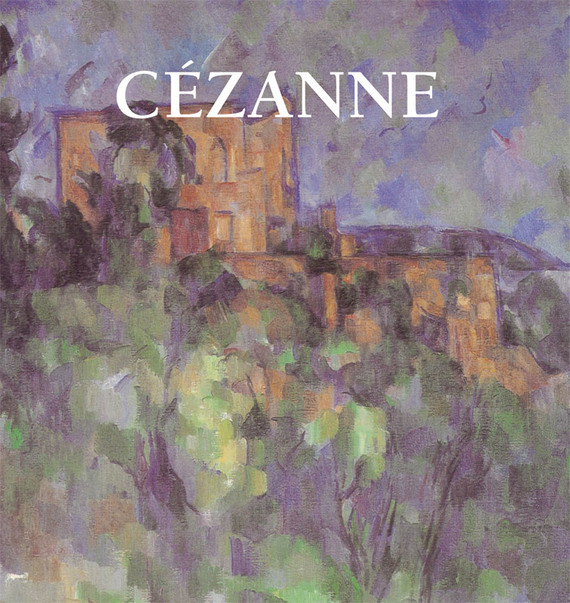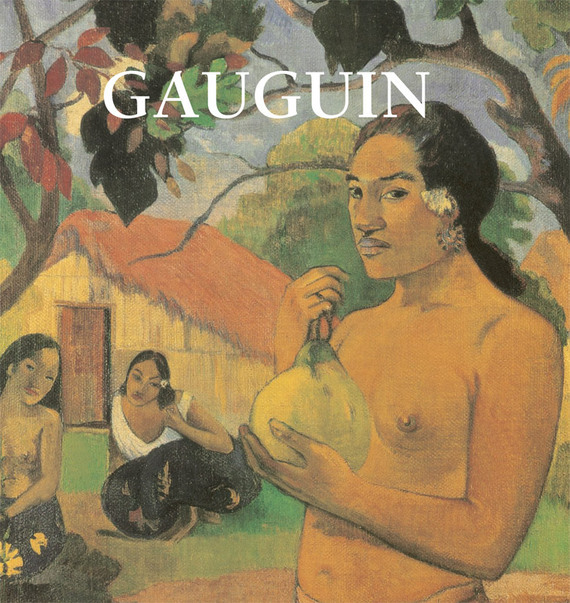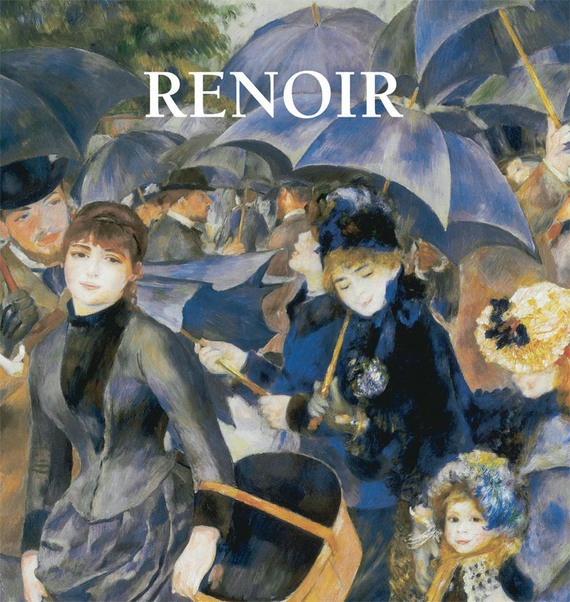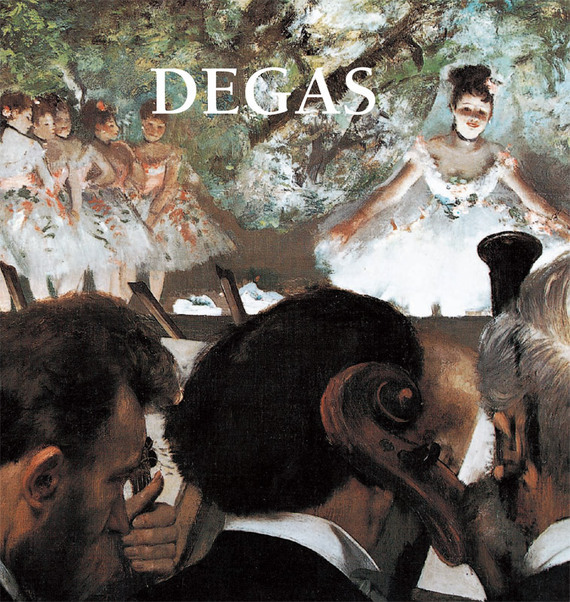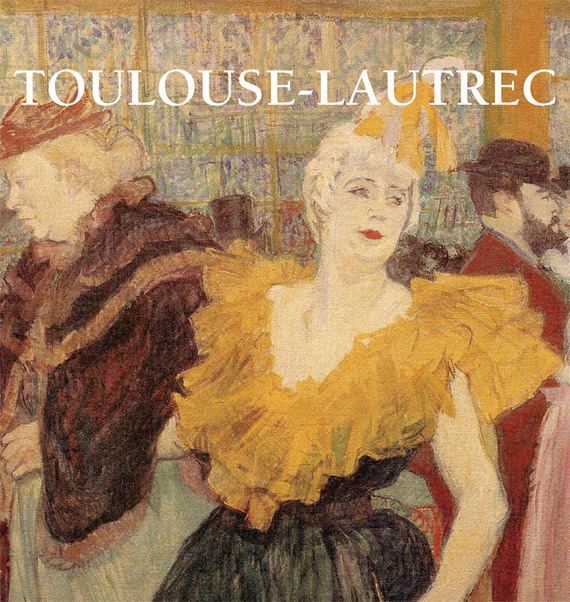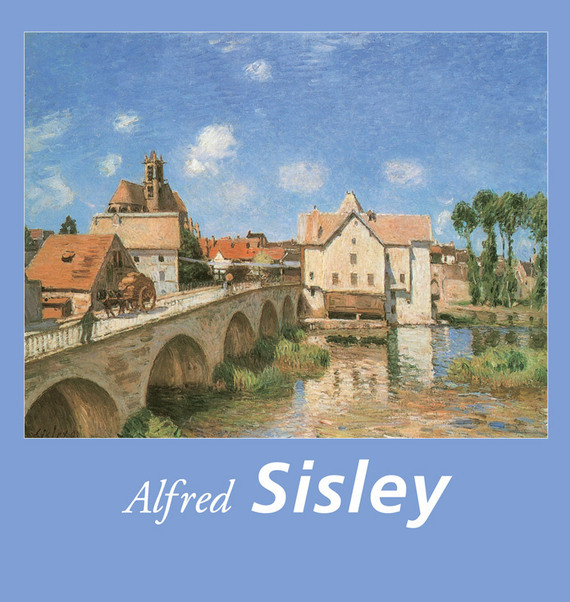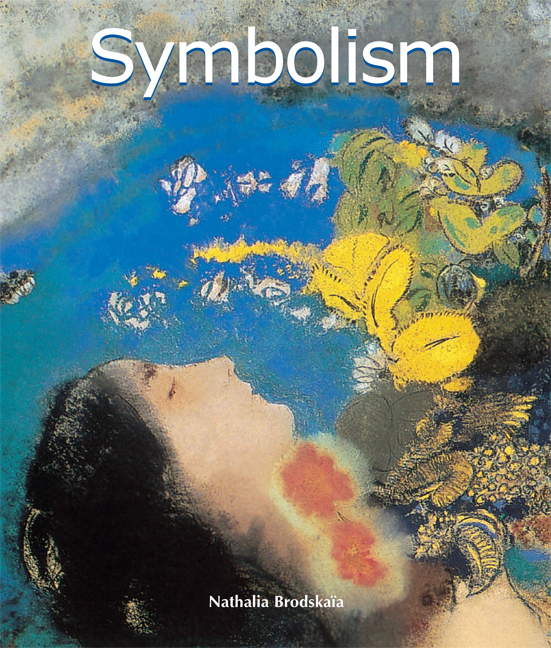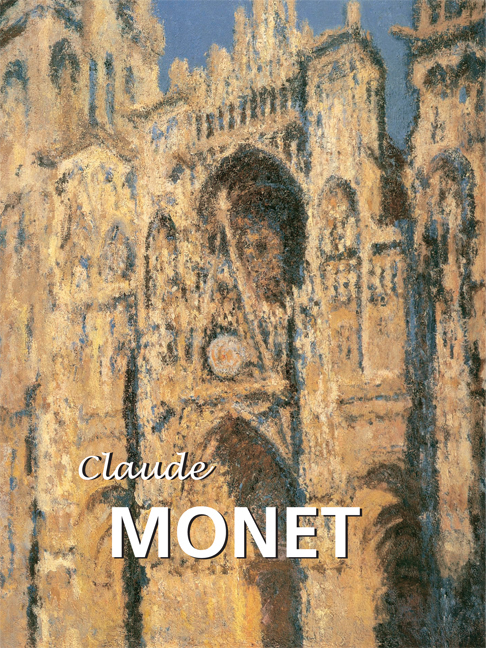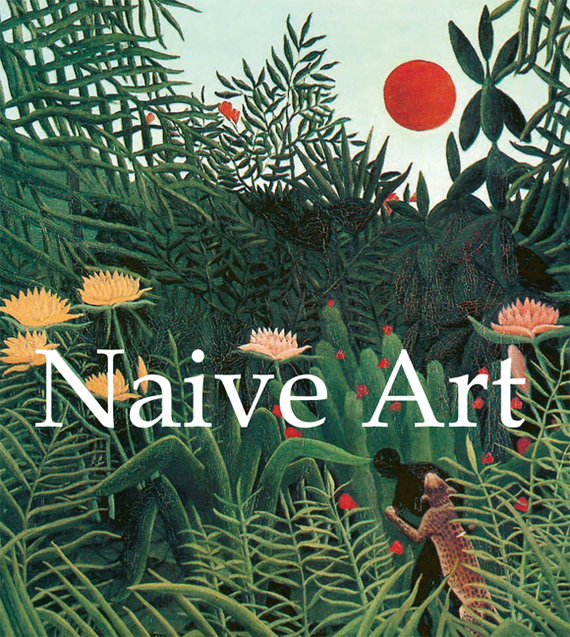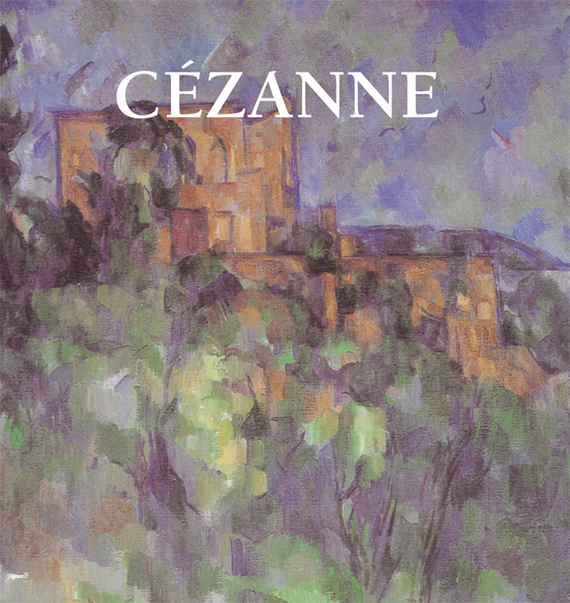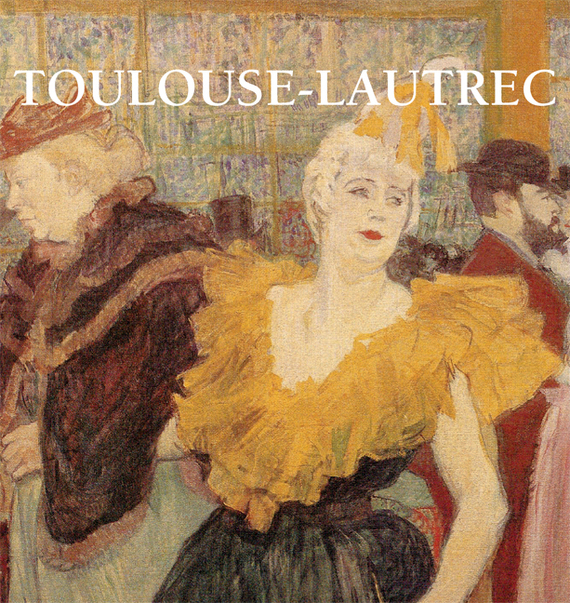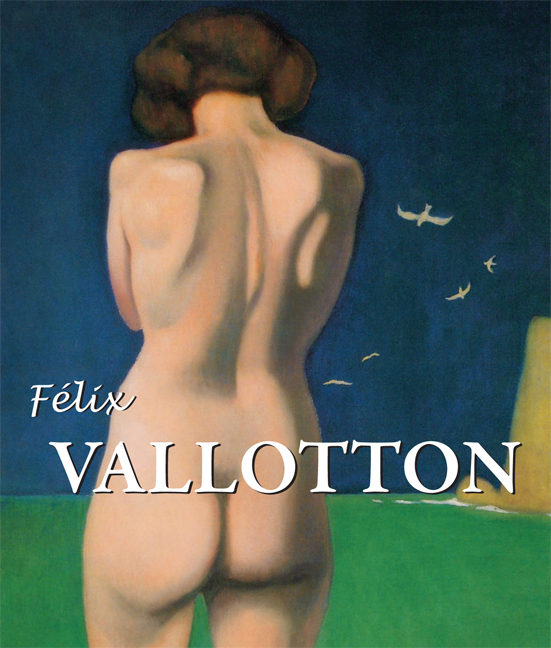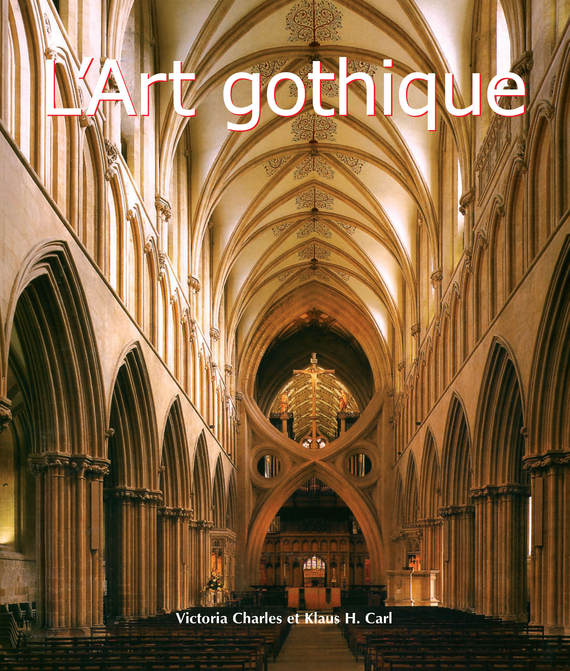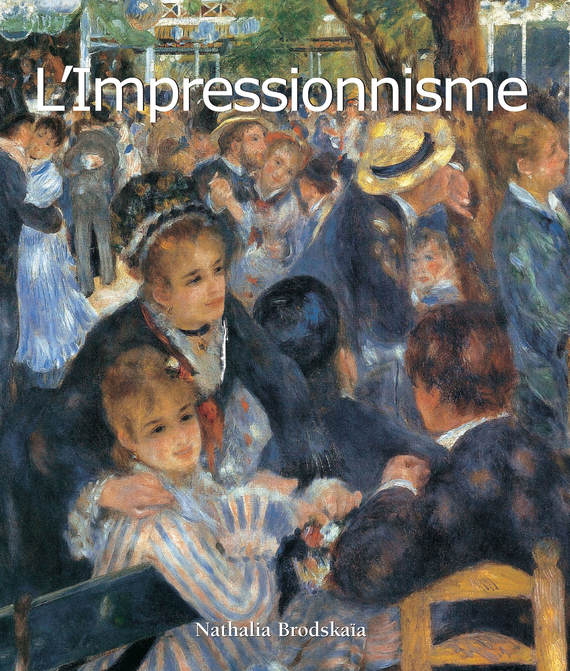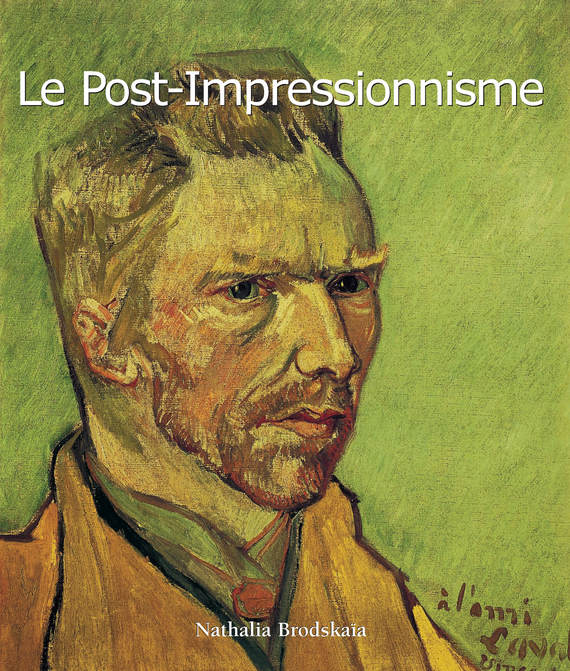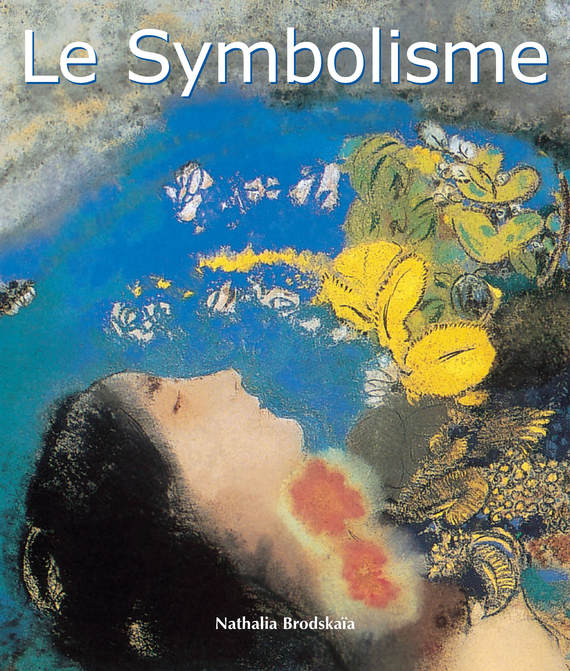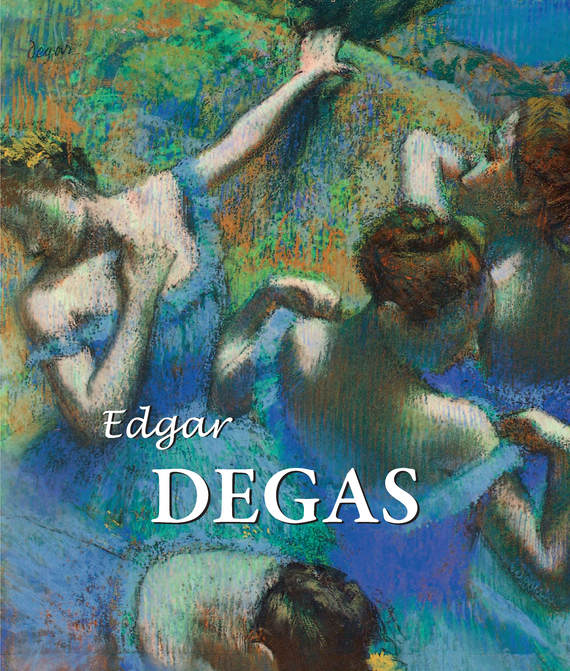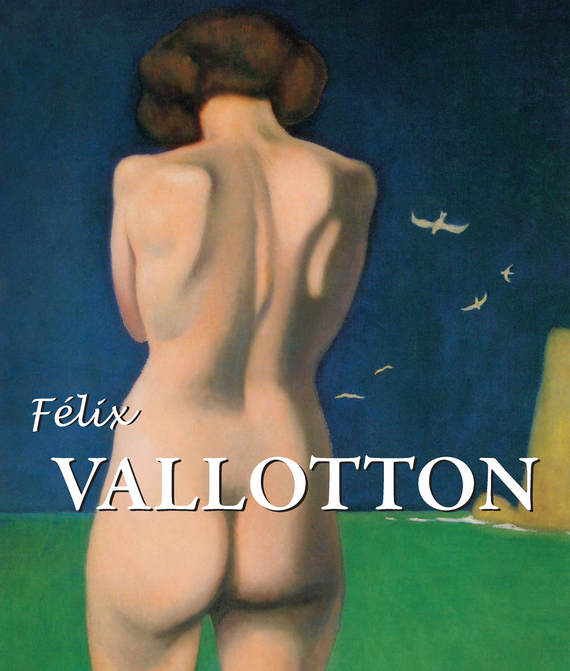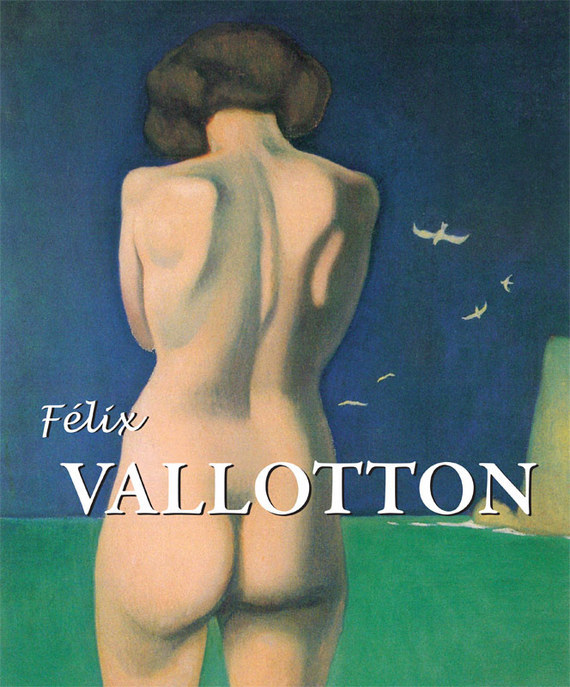Рубрикатор
-
-
Черновики
-
Бизнес-Книги
- Поиск работы, карьера
- Управление, подбор персонала
- Маркетинг, PR, реклама
- Банковское дело
- Ценные бумаги, инвестиции
- Бухучет, налогообложение, аудит
- ВЭД
- Экономика
- Отраслевые издания
- Корпоративная культура
- Личные финансы
- Недвижимость
- О бизнесе популярно
- Малый бизнес
- Делопроизводство
- Зарубежная деловая литература
- Фантастика
- Любовные романы
- Приключения
- Детские книги
- Наука, Образование
- Справочники
- Публицистика
- Религия
- Юмор
- Боевики
- Indo-European languages
- The arts
- Humanities
- Health & personal development
- Современная проза
- Зарубежная литература
- Фэнтези
- Искусство
- Книги по психологии
- Повести, рассказы
- Детективы
- Поэзия, Драматургия
- Компьютеры
- Дом, Семья
- Периодические издания
- Классика
-
Черновики
Nathalia Brodskaya
Since his death 200 years ago, C?zanne has become the most famous painter of the nineteenth century. He was born in Aix-en-Provence in 1839 and the happiest period of his life was his early youth in Provence, in company with Emile Zol?, another Italian. Following Zol?’s example, C?zanne went to Paris in his twenty-first year.
During the Franco-Prussian war he deserted the military,...
Paul Gauguin was first a sailor, then a successful stockbroker in Paris. In 1874 he began to paint at weekends as a Sunday painter. Nine years later, after a stock-market crash, he felt confident of his ability to earn a living for his family by painting and he resigned his position and took up the painter’s brush full time. Following the lead of C?zanne, Gauguin painted still-lifes from the...
For Claude Monet the designation ‘impressionist’ always remained a source of pride. In spite of all the things critics have written about his work, Monet continued to be a true impressionist to the end of his very long life. He was so by deep conviction, and for his Impressionism he may have sacrificed many other opportunities that his enormous talent held out to him. Monet did not paint...
Pierre-Auguste Renoir was born in Limoges on 25 February 1841. In 1854, the boy’s parents took him from school and found a place for him in the L?vy brothers’ workshop, where he was to learn to paint porcelain. Renoir’s younger brother Edmond had this to say this about the move: “From what he drew in charcoal on the walls, they concluded that he had the ability for an artist’s...
Degas was closest to Renoir in the impressionist’s circle, for both favoured the animated Parisian life of their day as a motif in their paintings. Degas did not attend Gleyre’s studio; most likely he first met the future impressionists at the Caf? Guerbois. He started his apprenticeship in 1853 at the studio of Louis-Ernest Barrias and, beginning in 1854, studied under Louis Lamothe, who...
Lautrec studied with two of the most admired academic painters of the day, L?on Bonnat and Fernand Cormon. Lautrec’s time in the studios of Bonnat and Cormon had the advantage of introducing him to the nude as a subject. At that time life-drawing of the nude was the basis of all academic art training in nineteenth-century Paris. While still a student, Lautrec began to explore Parisian...
“Father Pissarro”, as his friends liked to call him, was the most restrained of the artists of the Impressionist movement. Perhaps it was his age, being older than his fellow artists Monet, Sisley, Bazille, and Renoir, or rather his maturity, which resulted in his works having such serene and sober subjects and compositions.
A man of simple tastes, he enjoyed painting peasants going...
A painter of the Impressionist movement, Alfred Sisley was born on October 30th 1839 in Paris but was of British origin. He died on January 29th 1899 in Moret-sur-Loing. Growing up in a musical family, he chose to pursue painting rather than the field of business. In 1862 he enrolled in Gleyre’s studio where he encountered Renoir, Monet, and Bazille. The four friends left their master’s...
Born at the dawn of the 20th century, Fauvism burst onto the artistic scene at the 1905 Salon d'Automne with great controversy by throwing bright, vibrant colours in the face of artistic convention. Fuelled by change, artists like Matisse, Derain, and Vlaminck searched for a new chromatic language by using colour out of its habitual context. Freed from the strict technique advocated by the...
“I paint what I see and not what it pleases others to see.” What other words than these of ?douard Manet, seemingly so different from the sentiments of Monet or Renoir, could best define the Impressionist movement? Without a doubt, this singularity was explained when, shortly before his death, Claude Monet wrote: “I remain sorry to have been the cause of the name given to a group the...
Naive art first became popular at the end of the 19th century. Until that time, this form of expression, created by untrained artists and characterised by spontaneity and simplicity, enjoyed little recognition from professional artists and art critics. Influenced by primitive arts, naive painting is distinguished by the fluidity of its lines, vivacity, and joyful colours, as well as by its...
Whilst Impressionism marked the first steps toward modern painting by revolutionising an artistic medium stifled by academic conventions, Post-Impressionism, even more revolutionary, completely liberated colour and opened it to new, unknown horizons. Anchored in his epoch, relying on the new chromatic studies of Michel Eug?ne Chevreul, Georges Seurat transcribed the chemist’s theory of...
Symbolism appeared in France and Europe between the 1880s and the beginning of the 20th century. The Symbolists, fascinated with ancient mythology, attempted to escape the reign of rational thought imposed by science. They wished to transcend the world of the visible and the rational in order to attain the world of pure thought, constantly flirting with the limits of the unconscious. The...
Degas was closest to Renoir in the impressionist’s circle, for both favoured the animated Parisian life of their day as a motif in their paintings. Degas did not attend Gleyre’s studio; most likely he first met the future impressionists at the Caf? Guerbois. He started his apprenticeship in 1853 at the studio of Louis-Ernest Barrias and, beginning in 1854, studied under Louis Lamothe, who...
Since his death 200 years ago, C?zanne has become the most famous painter of the nineteenth century. He was born in Aix-en-Provence in 1839 and the happiest period of his life was his early youth in Provence, in company with Emile Zol?, another Italian. Following Zol?’s example, C?zanne went to Paris in his twenty-first year. During the Franco-Prussian war he deserted the military,...
For Claude Monet the designation ‘impressionist’ always remained a source of pride. In spite of all the things critics have written about his work, Monet continued to be a true impressionist to the end of his very long life. He was so by deep conviction, and for his Impressionism he may have sacrificed many other opportunities that his enormous talent held out to him. Monet did not paint...
Pierre Bonnard was the leader of a group of Post-Impressionist painters who called themselves the Nabis, from the Hebrew word meaning “prophet”. Bonnard, Vuillard, Roussel and Denis, the most distinguished of the Nabis, revolutionised decorative painting during one of the richest periods in the history of French painting. Bonnard’s works are striking for their strong colours and...
Mary was born in Pittsburgh. Her father was a banker of liberal educational ideas and the entire family appears to have been sympathetic to French culture. Mary was no more than five or six years old when she first saw Paris, and she was still in her teens when she decided to become a painter. She went to Italy, on to Antwerp, then to Rome, andfinally returned to Paris where in 1874, she...
Since his death 200 years ago, C?zanne has become the most famous painter of the nineteenth century. He was born in Aix-en-Provence in 1839 and the happiest period of his life was his early youth in Provence, in company with Emile Zol?, another Italian. Following Zol?’s example, C?zanne went to Paris in his twenty-first year. During the Franco-Prussian war he deserted the military,...
Impressionism has always been one of the public’s favourite styles of art and Impressionist works continue to enchant beholders with their amazing play of colours and forms. This book offers a well-chosen selection of the most impressive works of artists such as Degas, Monet, Pissarro, Renoir and Sisley. Mega Square Impressionism pays tribute to the subject’s popularity.
Manet is one of the most famous artists from the second half of the nineteenth century linked to the impressionists, although he was not really one of them. He had great influence on French painting partly because of the choice he made for his subjects from everyday life, the use of pure colours, and his fast and free technique. He made, in his own work, the transition between Courbet’s...
For Claude Monet the designation ‘impressionist’ always remained a source of pride. In spite of all the things critics have written about his work, Monet continued to be a true impressionist to the end of his very long life. He was so by deep conviction, and for his Impressionism he may have sacrificed many other opportunities that his enormous talent held out to him. Monet did not paint...
Until the end of the 19th century Na?ve Art, created by untrained artists and characterised by spontaneity and simplicity, enjoyed little recognition from professional artists and art critics. Na?ve painting is often distinguished by its clarity of line, vivacity and joyful colours, as well as by its rather clean-cut, simple shapes, as represented by French artists such as Henri Rousseau,...
Pierre-Auguste Renoir was born in Limoges on 25 February 1841. In 1854, the boy’s parents took him from school and found a place for him in the L?vy brothers’ workshop, where he was to learn to paint porcelain. Renoir’s younger brother Edmond had this to say this about the move: “From what he drew in charcoal on the walls, they concluded that he had the ability for an artist’s...
Since his death 200 years ago, C?zanne has become the most famous painter of the nineteenth century. He was born in Aix-en-Provence in 1839 and the happiest period of his life was his early youth in Provence, in company with Emile Zol?, another Italian. Following Zol?’s example, C?zanne went to Paris in his twenty-first year. During the Franco-Prussian war he deserted the military,...
Paul Gauguin was first a sailor, then a successful stockbroker in Paris. In 1874 he began to paint at weekends as a Sunday painter. Nine years later, after a stock-market crash, he felt confident of his ability to earn a living for his family by painting and he resigned his position and took up the painter’s brush full time. Following the lead of C?zanne, Gauguin painted still-lifes from the...
For Claude Monet the designation ‘impressionist’ always remained a source of pride. In spite of all the things critics have written about his work, Monet continued to be a true impressionist to the end of his very long life. He was so by deep conviction, and for his Impressionism he may have sacrificed many other opportunities that his enormous talent held out to him. Monet did not paint...
Lautrec studied with two of the most admired academic painters of the day, L?on Bonnat and Fernand Cormon. Lautrec’s time in the studios of Bonnat and Cormon had the advantage of introducing him to the nude as a subject. At that time life-drawing of the nude was the basis of all academic art training in nineteenth-century Paris. While still a student, Lautrec began to explore Parisian...
Surrealists appeared in the aftermath of World War I with a bang: revolution of thought, creativity, and the wish to break away from the past and all that was left in ruins.This refusal to integrate into the bourgeois society was also a leitmotiv of Dada artists, and Andr? Breton asserted that Dada does not produce perspective. Surrealism emerged amidst such feeling. Surrealists and Dada...
F?lix Vallotton (1865-1925) was active at the turn of the century. Although he is best known for his striking and elegantly composed Japanese-inspired woodblock prints, Vallotton was also a skilled painter, creating works that arrestingly combined technical perfection with emotional realism. This seminal text provides readers with a fascinating assessment of the career of this revolutionary...
Apparu ? l’aube du XXe si?cle, le Fauvisme explosa sur la sc?ne artistique lors du Salon d’automne de 1905 en un scandale retentissant. En jetant des couleurs pures sur la toile, les fauves d?fi?rent les conventions artistiques. Matisse, Derain, Van Dongen ou encore Vlaminck exp?riment?rent ainsi un nouveau langage chromatique en d?tournant la couleur de son signifi?. Lib?r?e de tout...
D?velopp? ? travers l’Europe pendant plus de 200 ans, l’art gothique est un mouvement qui trouve ses racines dans la puissante architecture des cath?drales du nord de la France. D?laissant la rondeur romane, les architectes commenc?rent ? utiliser les arcs-boutants et les vo?tes en berceau bris? pour ouvrir les cath?drales ? la lumi?re. P?riode de bouleversements ?conomiques et sociaux, la...
« Je peins ce que je vois et non ce qu’il pla?t aux autres de voir. » D’autres mots que ceux d’?douard Manet, ? la touche pourtant si diff?rente de celle de Monet ou de Renoir, pourraient-ils mieux d?finir ce que fut l’Impressionnisme ? Sans doute cette singularit? explique-t-elle que, peu de temps avant sa mort, Claude Monet ?crivit : « Je reste d?sol? d’avoir ?t? la cause du nom...
L’art na?f conna?t ses premiers succ?s ? la fin du XIXe si?cle. Des « peintres du dimanche » d?veloppent avec spontan?it? et simplicit? une forme d’expression qui, jusqu’alors, avait peu int?ress? les artistes et les critiques d’art. Influenc?e par les arts primitifs, la peinture na?ve se distingue par la pr?cision de ses traits, la vivacit? et la gaiet? de ses couleurs, ainsi que...
Si l’Impressionnisme marqua les premiers pas vers la peinture moderne en r?volutionnant un milieu artistique ?touff? par les conventions acad?miques, le Post-Impressionnisme, plus r?volutionnaire encore, lib?ra totalement la couleur et lui ouvrit des horizons alors inconnus. Ancr? dans son ?poque, s’appuyant sur les nouvelles ?tudes chromatiques de Chevreul, Georges Seurat transcrivit en...
Entre 1880 et les premi?res ann?es du XXe si?cle, le Symbolisme voit le jour en France et en Europe. Les symbolistes, fascin?s par les mythologies anciennes, tentent d’?chapper au r?gne de la pens?e rationaliste impos?e par la science. Souhaitant d?passer le monde du visible et du sensible pour atteindre le monde de la pens?e pure, ils flirtent constamment avec les limites de...
Germain Hilaire Edgar Degas (Paris, 1834 – 1917) Dans le cercle des impressionnistes, c'est de Renoir que Degas fut le plus proche : tous deux pr?f?r?rent comme motif de leur peinture le Paris vivant de leur ?poque. Degas ne passa pas par l'atelier de Gleyre et fit probablement connaissance avec les futurs impressionnistes au caf? Guerbois. En 1853, il commen?a ? faire son apprentissage ?...
F?lix Vallotton, n? ? Lausanne le 28 d?cembre 1865 et mort ? Paris le 29 d?cembre 1925, est un artiste peintre, sculpteur et graveur sur bois Suisse, naturalis? Fran?ais en 1900. En une dizaine d’ann?es, Vallotton parvient ? se faire un nom aupr?s de l'avant-garde parisienne. Sa renomm?e devient internationale gr?ce ? ses gravures sur bois et ? ses illustrations en noir et blanc qui font...
F?lix Vallotton, n? ? Lausanne le 28 d?cembre 1865 et mort ? Paris le 29 d?cembre 1925, est un artiste peintre, sculpteur et graveur sur bois Suisse, naturalis? Fran?ais en 1900.
En une dizaine d’ann?es, Vallotton parvient ? se faire un nom aupr?s de l'avant-garde parisienne. Sa renomm?e devient internationale gr?ce ? ses gravures sur bois et ? ses illustrations en noir et blanc qui font...


